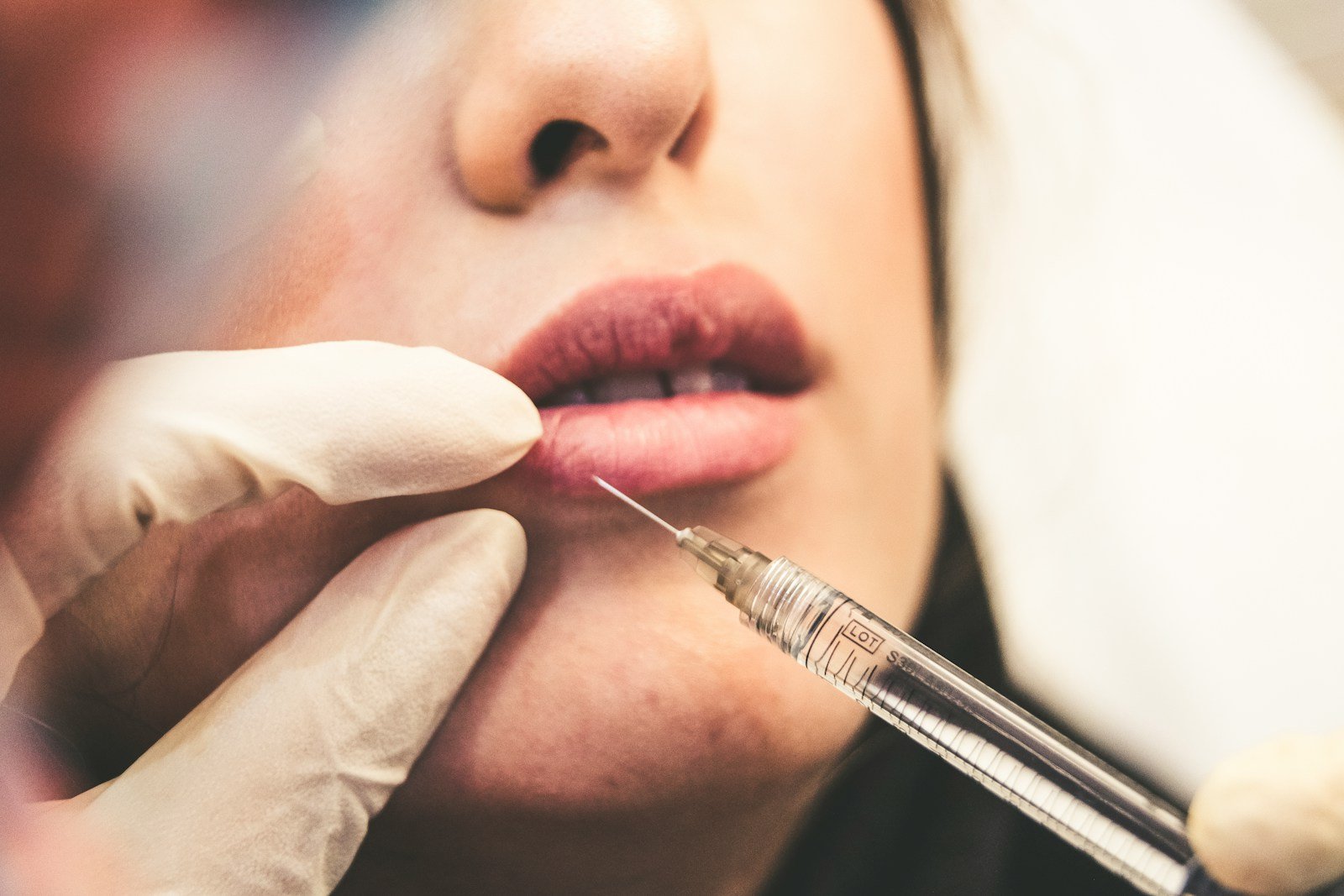Understanding Liposuction: A Comprehensive Guide
Liposuction, often hailed as a solution for stubborn fat, ranks among the most popular cosmetic procedures worldwide. As demand for body contouring grows, understanding liposuction—its benefits, risks, and recovery—becomes crucial for anyone considering this procedure.
What is Liposuction?
Liposuction involves a surgical procedure that removes excess fat deposits from targeted areas of the body. Surgeons perform liposuction to reshape and contour areas such as the abdomen, thighs, buttocks, arms, neck, and back. By eliminating fat, this procedure enhances body proportions and improves overall aesthetics.
How Liposuction Works
During liposuction, a surgeon typically makes small incisions in the skin. They insert a thin tube called a cannula through these incisions to suction out unwanted fat. Depending on the technique they choose, the surgeon may inject a saline solution mixed with anesthetic to facilitate fat removal and minimize discomfort.
Surgeons utilize several liposuction techniques, each offering distinct advantages:
- Tumescent Liposuction: This method injects a large volume of diluted anesthetic into the fat layers, making the fat cells easier to remove and reducing bleeding.
- Ultrasound-Assisted Liposuction (UAL): This technique employs ultrasonic waves to liquefy fat before removal, making it particularly effective for fibrous areas.
- Laser-Assisted Liposuction (LAL): Laser energy helps melt fat prior to extraction, which often results in less bruising and a quicker recovery.
- Power-Assisted Liposuction (PAL): This method uses a vibrating cannula to facilitate fat removal, reducing the effort required from the surgeon.
Benefits of Liposuction
Many individuals choose liposuction for its ability to remove stubborn fat that resists diet and exercise. Furthermore, liposuction offers several key benefits:
- Immediate Results: Unlike weight loss through diet or exercise, liposuction provides immediate changes in body contour.
- Customized Treatment: Surgeons can tailor the procedure to address specific problem areas, ensuring a personalized approach.
- Boosted Confidence: Many people experience increased self-esteem and body confidence following the procedure.
- Minimal Scarring: With small incisions, patients often see minimal scarring that fades significantly over time.
Who is a Good Candidate for Liposuction?
While liposuction can benefit many, it does not serve as a weight-loss solution. Ideal candidates usually sit close to their target weight but struggle with localized fat deposits. Additionally, candidates should maintain good health, possess realistic expectations, and commit to a healthy lifestyle after the procedure.
Risks and Considerations
Like any surgical procedure, liposuction carries risks. Common complications may include:
- Infection: Although rare, infections can occur at the incision sites.
- Bleeding and Bruising: Patients typically experience some bruising and swelling, which usually resolves within a few weeks.
- Irregular Contours: If a surgeon lacks skill, results may include uneven or asymmetrical contours.
- Fat Embolism: In rare cases, fat can enter the bloodstream and cause serious complications.
Before undergoing liposuction, engage in a thorough consultation with a qualified plastic surgeon. This conversation should cover your medical history, aesthetic goals, and any concerns you may have about the procedure.
Proper preparation enhances your liposuction experience. Here are several steps to take:
- Consultation: Schedule a consultation with a board-certified plastic surgeon to discuss your goals and expectations. During this appointment, the surgeon will evaluate your health and determine the most suitable approach.
- Medical History Review: Be honest about your medical history and any medications you take. This transparency helps minimize risks.
- Lifestyle Adjustments: If you smoke, consider quitting at least a few weeks before surgery. Smoking can impair healing and increase the risk of complications.
- Planning for Recovery: Arrange for someone to assist you post-surgery, as you may experience fatigue and discomfort during the initial recovery period.
You may want to Read: Early Warning Signs of Nail Fungus: How to Detect and Prevent It
The Recovery Process
Recovery from liposuction varies depending on the extent of the procedure and individual factors. Generally, you can expect the following:
- Initial Healing: Most patients experience swelling, bruising, and soreness for the first few days. You can typically manage pain with prescribed medications.
- Compression Garments: Your surgeon may recommend wearing compression garments to minimize swelling and support the healing process.
- Activity Restrictions: Light activities often resume within a few days, while you should avoid more strenuous exercise for at least three to four weeks.
- Follow-Up Visits: Regular follow-up appointments allow your surgeon to monitor your healing and address any concerns.
Results of Liposuction
After the initial swelling subsides, you will begin to notice the results of your liposuction. Most patients see significant improvements in body contours and a more proportionate appearance. However, keep in mind that achieving optimal results may take several months.
Maintaining a healthy lifestyle post-surgery proves crucial. While liposuction removes fat cells from targeted areas, it does not prevent new fat from accumulating. Therefore, a balanced diet and regular exercise become vital for sustaining your new shape.
Alternatives to Liposuction
For those who may not be candidates for liposuction or prefer non-surgical options, several alternatives exist:
- CoolSculpting: This non-invasive procedure freezes fat cells, which the body then naturally eliminates.
- Kybella: This injectable treatment reduces fat under the chin, providing a more sculpted jawline.
- Radiofrequency and Ultrasound Treatments: These non-surgical methods utilize energy to target fat cells, promoting a slimmer appearance.
You may want to Read: Top Tips for Healthy Nails: A Comprehensive Nail Care Routine
Final Thoughts
Liposuction can transform your body, offering you a chance to enhance your contours and boost your self-confidence. However, you should approach this decision with care. Conduct thorough research, consult qualified professionals, and set realistic expectations. Ultimately, the journey to your desired body shape should rest on a commitment to health and well-being, both before and after the procedure.
In conclusion, liposuction represents more than just a cosmetic procedure; it serves as an opportunity for many to reclaim confidence and embrace their bodies. Whether you seek to eliminate stubborn fat or enhance your overall appearance, understanding liposuction empowers you to make informed choices about your body.




